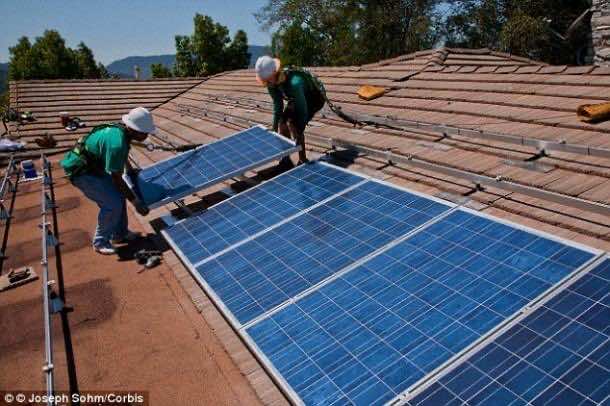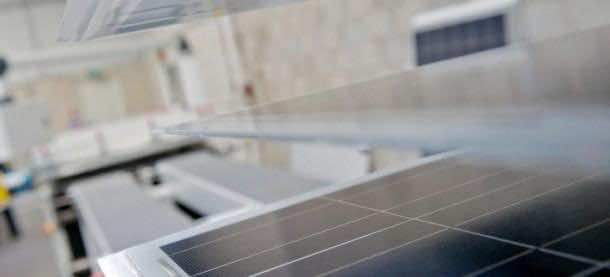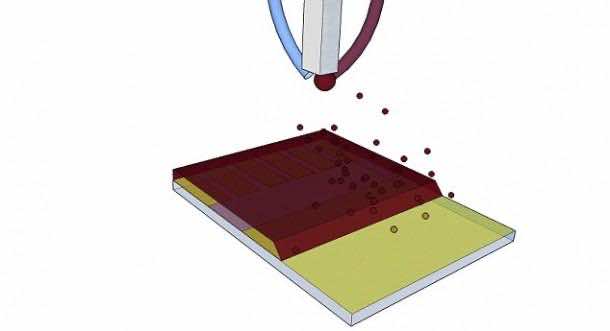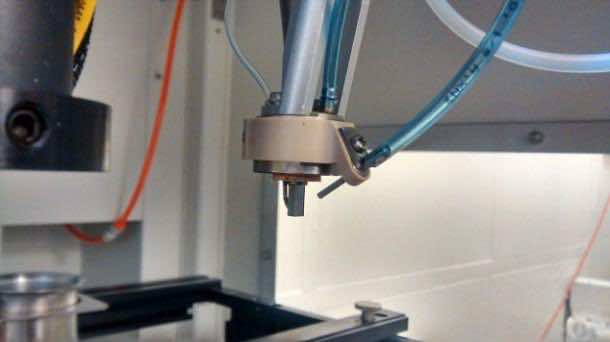Alternative energy is the talk of the day and why won’t it be, we are running out of fossil fuel and need to come up with more efficient means of tackling our power needs. When it comes to alternative energy sources, solar is the most favoured one. The drawback is how bulky the system gets and that limits the applications when it comes to applying the technology to everyday usage.
However, this is where we break the news and tell you how science and technology have done it, yet, again. A team of scientists hailing from Sheffield has come up with a marvellous way of manufacturing solar cells that can be applied to surfaces, transforming them into solar panels. The cells are made from a material that is known as perovskite and is quite economical to produce. Since it is used as a spray, the waste is minimal and if you factor in the fact that mass production of spray is quite easy, it translates into low manufacturing than traditional solar panels.


The spray could be used, in theory, on any surface that the cells are capable of sticking on to. However, efficiency would vary from surface to surface. Perovskite is, technically speaking, a term that is used to explain the mineral crystal structure that can be found in the calcium titanium oxide mineral species.
Lead researcher Professor David Lidzey said; ‘There is a lot of excitement around perovskite-based photovoltaics. Remarkably, this class of material offers the potential to combine the high performance of mature solar cell technologies with the low embedded energy costs of production of organic photovoltaics.’
Usually, materials that are used to make solar panels are energy intensive to produce. Whereas, petrovskites require much less energy to work with and the ability to be sprayed on surfaces further reduces the overall cost. Professor Lidzey while talking about efficiency stated; ‘The best certified efficiencies from organic solar cells are around 10 per cent. Perovskite cells now have efficiencies of up to 19 per cent. This is not so far behind that of silicon at 25 per cent – the material that dominates the worldwide solar market. The perovskite devices we have created still use similar structures to organic cells. What we have done is replace the key light-absorbing layer – the organic layer – with a spray-painted perovskite. Using a perovskite absorber instead of an organic absorber gives a significant boost in terms of efficiency.’
So what we are looking at is the future where the solar cells could be created by spraying this material onto surfaces and shall not cost much. Kudos to the creators!



would like some more information if it cane be sprayed on window glass and still be a see thru glass. also can we spray it on car bonnet, roof and hood then we can save our fuel and run on solar power in the day too.
On which surfaces can it be sprayed?